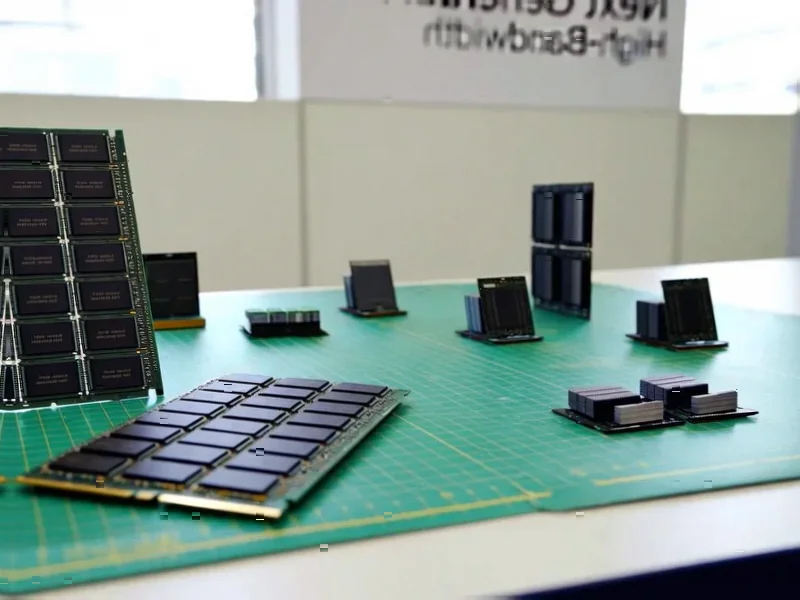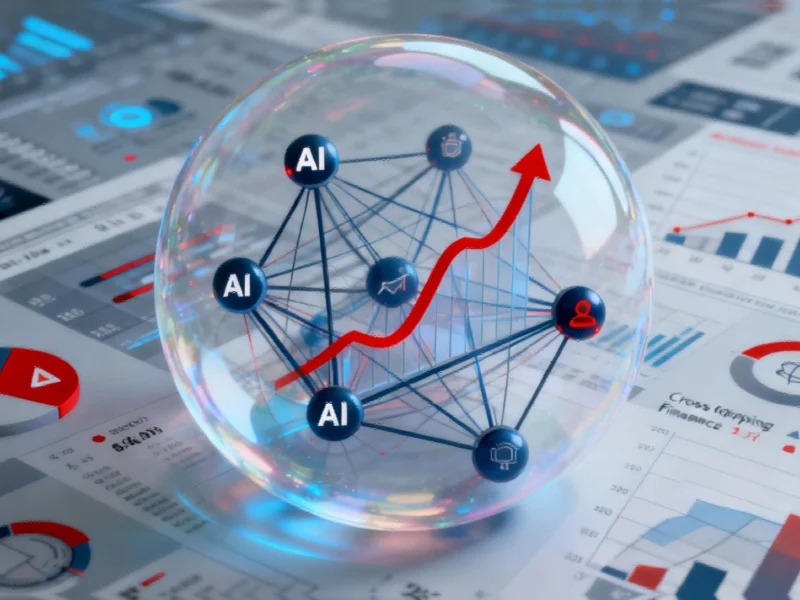According to Forbes, J. Crew filed for Chapter 11 bankruptcy in 2020 after years of declining sales, but has since engineered a dramatic turnaround under CIO Danielle Schmelkin. The company generated an estimated $2.7 billion in sales for 2024, which is $600 million more than during the pandemic period. Schmelkin, who joined in June 2019 after eight years at Coach and Kate Spade, built a technology ecosystem that now drives over half of J. Crew’s revenue. Her initiatives boosted online engagement from just 11% to 25% within a single year through new mobile apps and AI-powered customization features. J. Crew Group now operates more than 580 physical stores across its J. Crew, Madewell, and J. Crew Factory brands, up significantly from 491 stores before the pandemic.
The invisible AI engine
What’s fascinating here is that the most impactful technology isn’t what customers see when they’re shopping. Schmelkin’s team built an AI chatbot that lets sales associates ask natural language questions about complex sales data. Think about it – instead of needing to understand “net sales dollars” or “conversion rates,” an employee can simply ask “How well did our turtleneck sweaters do at the Fifth Avenue store?” That’s a game-changer for retail staff who aren’t data analysts.
Smarter inventory, smarter revenue
But they didn’t stop there. The AI-powered prediction models for inventory management are particularly clever. They track browsing history in the zip codes around each physical store and use that data to adjust stock levels. So if people near a particular store are searching for outerwear online but that store isn’t carrying much, they’ll adjust accordingly. Basically, they’re using digital signals to inform physical inventory decisions in a way that feels almost obvious in hindsight.
Tying online and offline together
The iOS app for sales associates is another smart move. It brings customer profiles – including purchase history and favorites – directly to store staff, creating a seamless experience between online browsing and in-store shopping. This kind of integration is what modern retail desperately needs. When your stylist knows what you’ve been looking at online, they can provide genuinely helpful suggestions rather than just guessing.
The data science pays for itself
Here’s the thing that really stands out: Schmelkin’s data science team generates enough profit and cost savings to fully fund itself. That’s rare in corporate technology departments, which are often seen as cost centers. When your AI initiatives are literally paying for their own development and operation, you’ve built something sustainable. It makes you wonder why more retailers aren’t taking this approach.
What this means for retail tech
J. Crew’s turnaround shows that successful retail technology isn’t just about flashy customer-facing features. The real magic happens behind the scenes with systems that make employees more effective and operations more efficient. Schmelkin’s “Second Thread” AI lab represents a fundamental shift in how traditional retailers can approach technology – not as an expense, but as a profit center. And in an industry facing “newer, trendier players and macroeconomic uncertainties,” that might be the difference between surviving and thriving.




